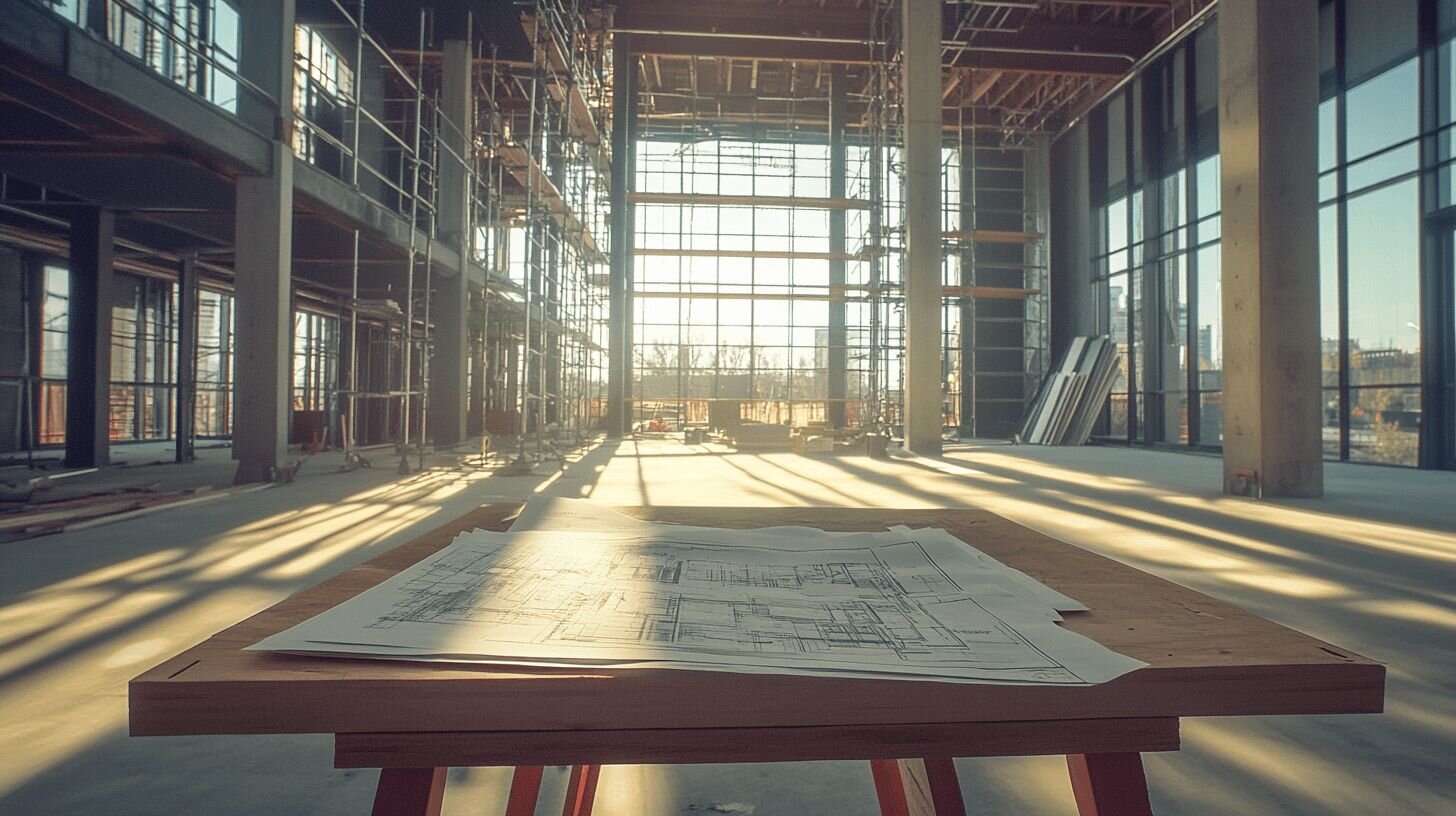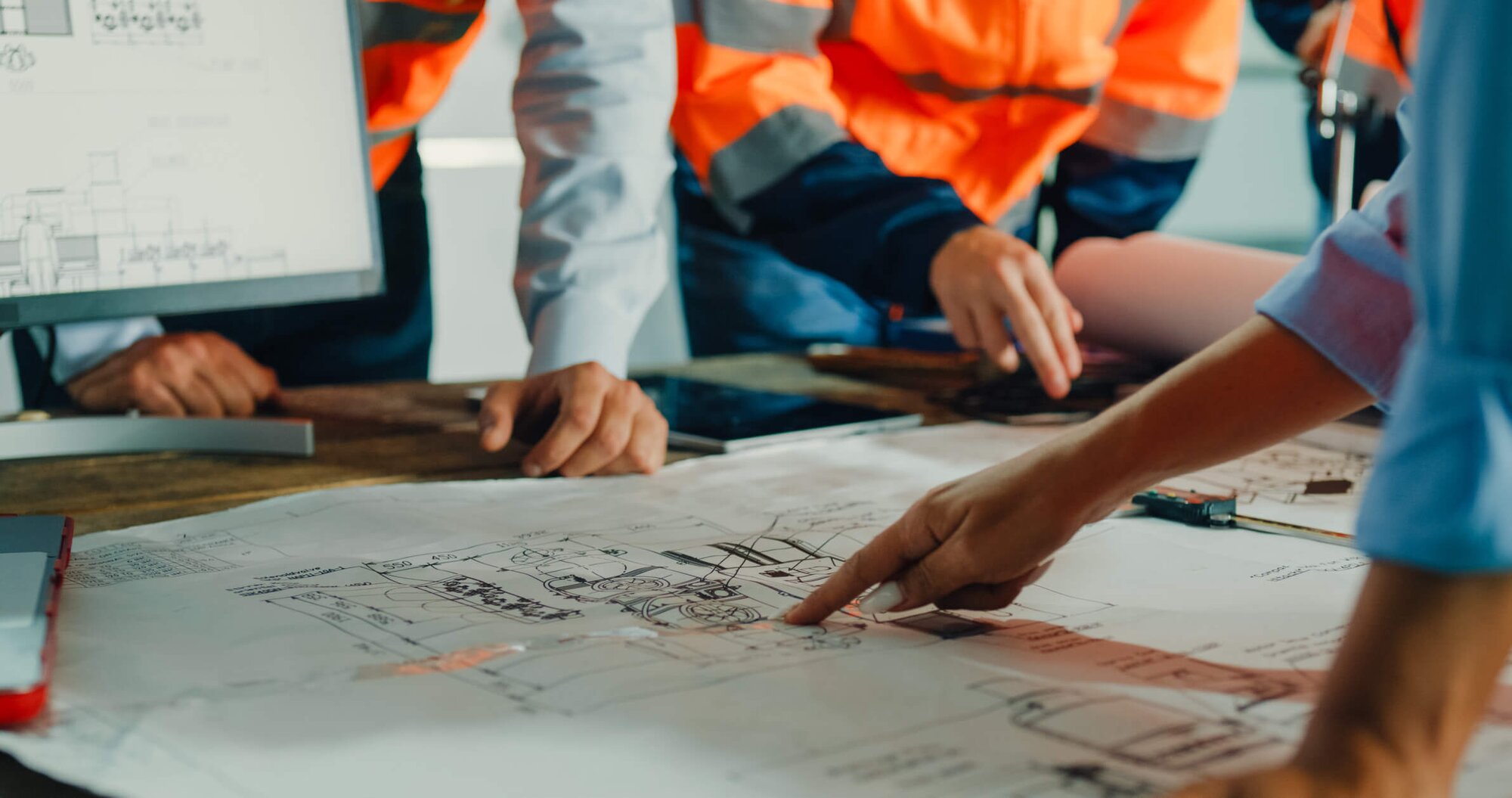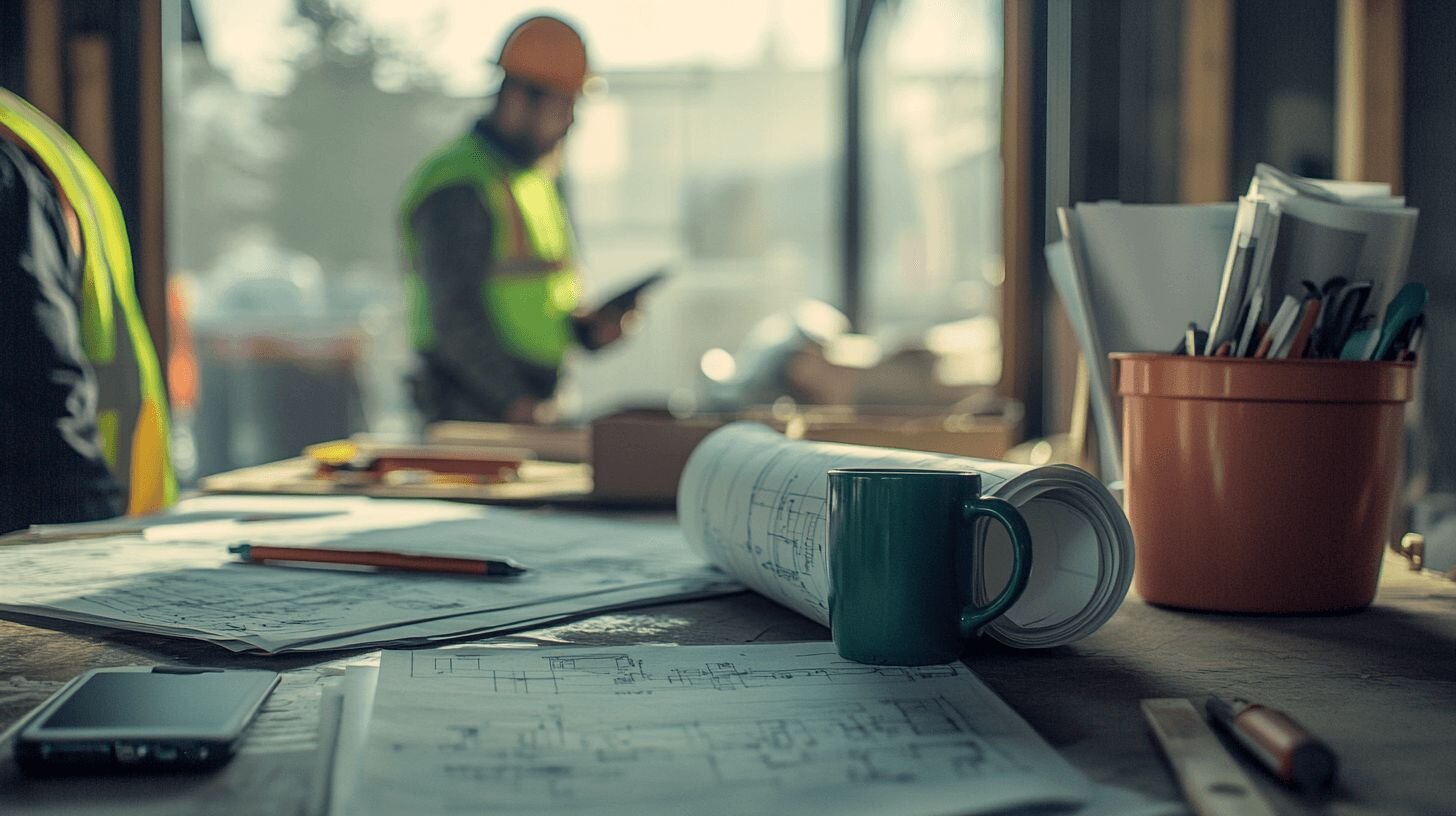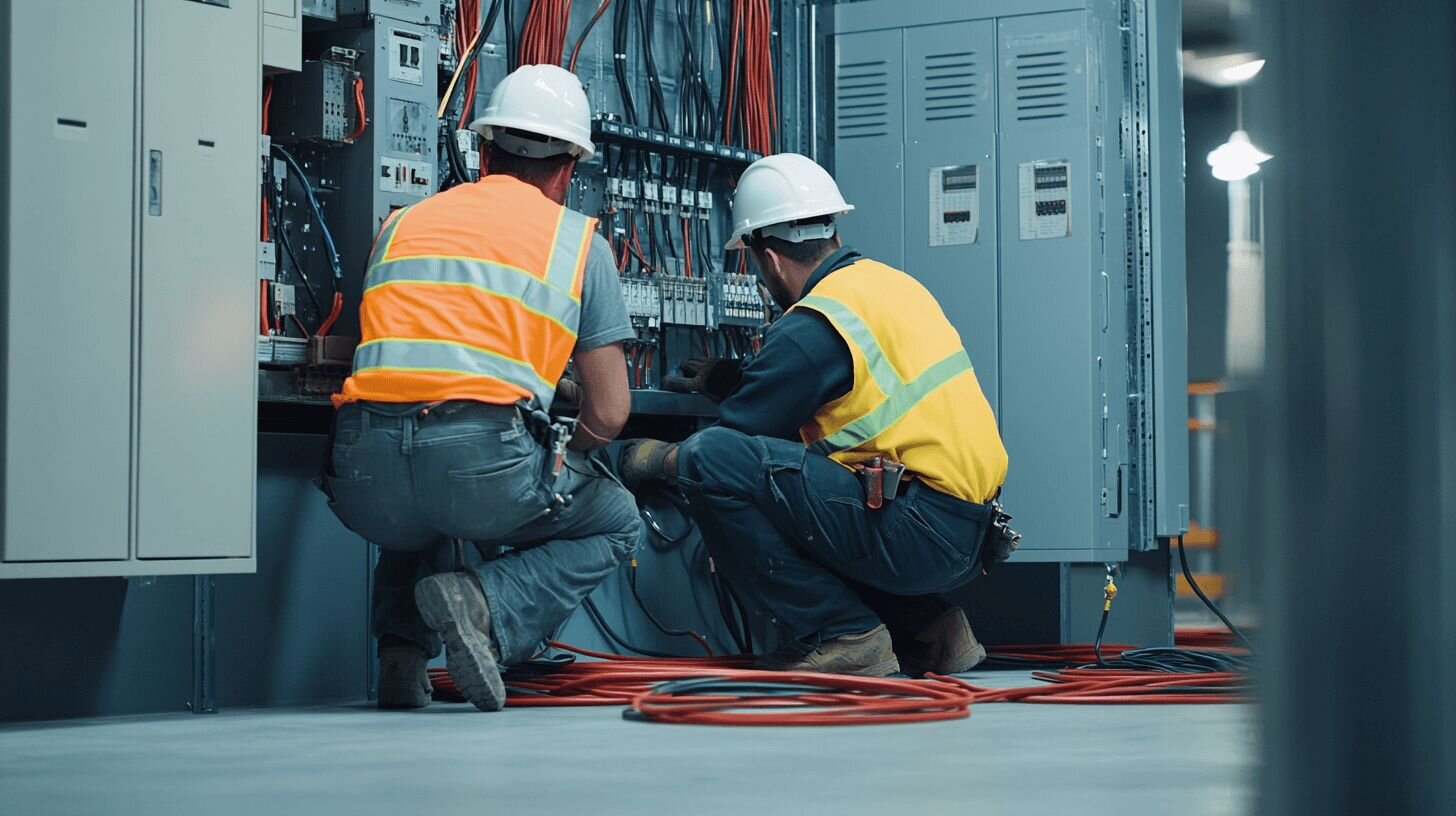The buildings going up today look a lot like the ones from ten years ago. Concrete, glass, steel. But under the surface, they’re changing fast. The ones pulling ahead have one thing in common: smart systems that connect everything from HVAC to lighting to real-time performance data.
LEED v5, the newest version of the U.S. Green Building Council’s sustainability standard, is making that shift official. And while the program is built around carbon cuts and occupant health, contractors who lean into it are seeing something else too: bigger returns.
LEED-certified buildings already outpace traditional assets. On average, they sell for 21.4% more per square foot and pull in 11% higher rent. They’re also more likely to land steady financing and long-term tenants. As utility rates keep climbing, that kind of edge matters.
Energy Management Takes Center Stage
The average commercial building wastes about 30% of the energy it consumes, according to ENERGY STAR. That kind of waste cuts directly into earnings. LEED v5 raises the stakes by tying half of its total points to decarbonization. Contractors who want to compete on the commercial side need to design and deliver buildings that run clean and efficiently.
Tools like energy dashboards let operators monitor intensity, emissions, load profiles, and budgets all in one place. With clear data in hand, teams can fix issues fast and back it up with numbers that support LEED certification and reduce operating costs.
That level of control is only going to get more important. Wholesale utility rates are expected to jump 19% between 2025 and 2028, with distribution costs following suit. Projects that don’t plan ahead for that are going to feel it on the back end.
Smarter Equipment, Lower Risk
Electrification is another big push in LEED v5. The more systems run on electricity instead of fossil fuels, the easier it is to shrink a building’s carbon footprint. That’s why asset choice matters, especially when it comes to HVAC.
High-efficiency, air-cooled chillers with remote diagnostics are showing real returns. Some projects are seeing a 66% drop in unplanned repairs and up to 65% faster repair times. That alone translates to 35% lower emergency service costs. Less downtime. Less scrambling. Better margins.
Health Is Now Part of the Job
LEED v5 goes beyond kilowatts and emissions. It places serious weight on indoor environmental quality, including air quality, thermal comfort, and lighting. That’s where connected systems come into play.
Indoor sensors can monitor CO2, humidity, temperature, and even allergens. When something’s off, it automatically adjusts airflow or cooling to bring conditions back in line. That helps hit quality-of-life credits for LEED, but it also helps keep tenants healthy, productive, and satisfied.
Crews can also tie in ventilation systems, automated blinds, and smart lighting to keep the whole space balanced without burning extra energy to do it.
Plan to for the Long Game
One of the biggest changes in LEED v5 is the focus on how buildings perform over time. Instead of awarding points only during design and construction, the system also considers lifecycle impact. That includes how the building functions, adapts, and maintains performance throughout its years of operation.
That means contractors who deliver flexible systems, scalable upgrades, and ongoing performance tracking are going to be the ones getting repeat work.
Bottom Line
LEED v5 raises the bar for what sustainable building really means. It pushes contractors and owners to rethink how buildings are designed, built, and operated. The ones who get it right are seeing real rewards.
The buildings that perform better also earn better. If your team knows how to install, commission, and integrate smart systems, you’re building assets that pay off for decades.



